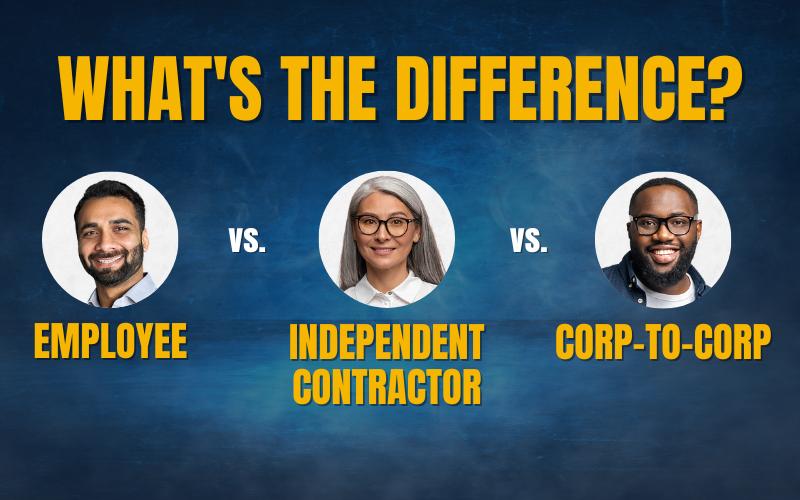When you look at the numbers, there’s no question that freelancing is more than a fad. Half of Millennial workers are already doing it, and by 2027, freelancers are set to become the majority of the workforce.
But just because freelancing is on the rise, that doesn’t mean it’s widely accepted. In fact, there are a number of misconceptions about freelance work that paint it in a negative light and make people wary of it. Some people consider it an alternative to “real” work, like it’s only what someone might do if he or she couldn’t find a traditional full-time job. Too often, people assume it’s an inferior way of working instead of a valid choice many people willingly and thoughtfully make.
Luckily, many of these misconceptions are easily debunked. Here are four of the most common myths surrounding freelancing and the reasons they just don’t hold water.
Myth 1: Freelancers can’t find a full-time job.
Perhaps the biggest misconception when it comes to freelancing is that it’s a last resort for workers. The truth, though, is that 62% of freelancers choose this type of work over a full-time job.
Freelance work offers greater flexibility and more variety than most traditional jobs, making it a better choice for people who want improved work-life balance or more creative fulfillment. More than that, some people simply work better from home than they do in an office.
Myth 2: Freelancers aren’t as happy as full-time employees.
There’s often an image that pops into people’s minds when they think of freelancers: someone at home in his bathrobe, sitting alone at a computer all day, wondering where his next paycheck is going to come from. For many, freelancing just seems like a lonely, last-resort way of working.
The reality, however, is that 76% of freelancers are happier in their current work than they were when they worked a 9-to-5 job. In fact, 54% of freelancers say there’s no amount of money that would make them abandon their current employment status in favor of going back to a more traditional job.
Myth 3: Freelancers work long hours that interfere with their personal lives.
While some people worry that freelancing isn’t enough work, others look at this type of employment and see workers who can easily get overworked because they aren’t constrained to the normal 40 hours each week.
In reality, freelancers work pretty much the same hours as they would in a normal full-time job, with one survey pegging the average at about 36 hours every week. Focusing on the number of hours worked, however, clouds the ability to see the greater benefits of freelancing. Whether the workweek is 35 or 48 hours long, freelancers get to choose what work they take on and when they do it.
Myth 4: Freelancers are constantly looking for work.
While job security is different with freelancing than it is with a more traditional job, that doesn’t necessarily mean it’s worse. No job is 100% safe, and losing full-time employment tends to be more difficult to recover from than the dry spells freelancers occasionally experience.
Eighty-four percent of people who work as freelancers full-time are satisfied with the amount of work they have, saying it allows them to have the lifestyle they want. While freelancing might require some hard work in order to get work, it’s not the entire experience by any means. In fact, the modular nature of this style of working is what makes it so appealing in the first place.
For freelancers, the future is bright. Almost 90% of freelance workers agree that the industry has even better days ahead than it is already experiencing. With more and more people choosing to move toward freelancing, it’s time to put these common myths to bed. Once they’re debunked, you might even find yourself considering the freelance lifestyle, too.
Written By: Peter Limone, Chief Financial Officer (CFO) at IES
Peter Limone is the Chief Financial Officer (CFO) of Innovative Employee Solutions (IES), a leading global Employer of Record in more than 150 countries that specializes in contingent workforce solutions such as outsourced payrolling, independent contractor compliance, and contractor management services. Founded in 1974, IES has grown into one of San Diego’s largest women-owned businesses and has been named one of the city’s “Best Places to Work” for 10 years in a row.






